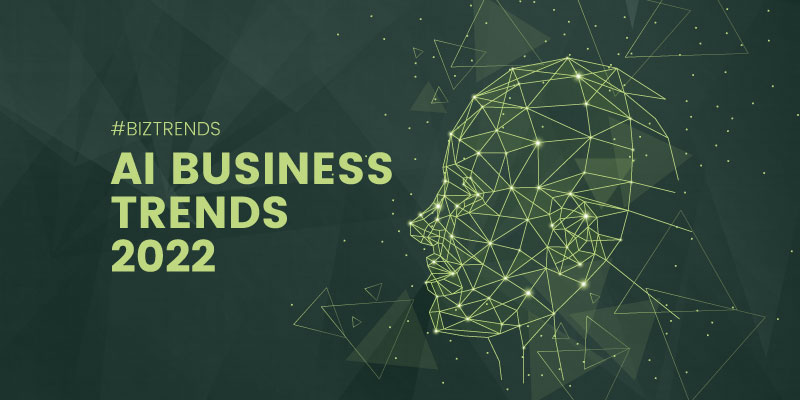
Featured Image Source: Freepik
2021 has been a year of acceleration for AI. Fueled by the pandemic, AI trajectory has become clearer. Progress for the sake of progress is under scrutiny now as regional and global organizations try to make AI systems more responsible and ethical.
2021 also saw an unprecedented growth in multimodal systems, language learning, and generative AI. Overall, there has been a lot of interest in AI’s potential to create systems that help business goals, and not just the science of the technology. Commercialization of AI has gained a lot of ground this past year.
Food and Restaurant Trends 2022
As we get acquainted with 2022, it would be exciting to see how these upcoming technology trends will continue and what new forms they may take.
Facebook rebranded itself to Meta this past October. Whether the rebrand was founded upon a sincere brand redirection or as a hasty attempt to hide Facebook’s many scandals behind a shiny new name, nobody’s certain.
The only thing that we all can agree upon is that Meta – and Mark Zuckerberg’s reasoning behind it – made metaverse a household name. Everybody got to know the word, even if not many are sure what it means.
For those who are unsure about it, Metaverse is AI on steroids. It is a powerfully creative idea of a future where people can live their lives fully in the virtual world. It is a world where everything from communication to commercial transactions can be handled by your virtual avatars.

Meta is not the only company, though, that’s after building the metaverse. There are currently around a hundred companies, including the Chinese tech giant, Tencent Holdings, that are coming together in bunches and groups, and creating their own versions of virtual economies, environments, workplaces, and metaverses.
While the actual development of the concept is many years ahead, enough interest has been generated to keep the Big Tech invested in it till it becomes a reality.
Human beings use multiple modalities to learn and understand the subject at hand and the environments around them. We use text, sound, touch, facial expression, and past knowledge, etc. to make sense of the information that is being communicated to us at any time.
Basically, we understand things into context. Unlike machines.
The new systems of multimodal machine learning are aimed at making AI models and ML sophisticated at understanding context. When these systems use multiple modalities – text, audio, and images, etc. – simultaneously to learn, understand, and predict things, it makes for a powerfully accurate intelligence system.
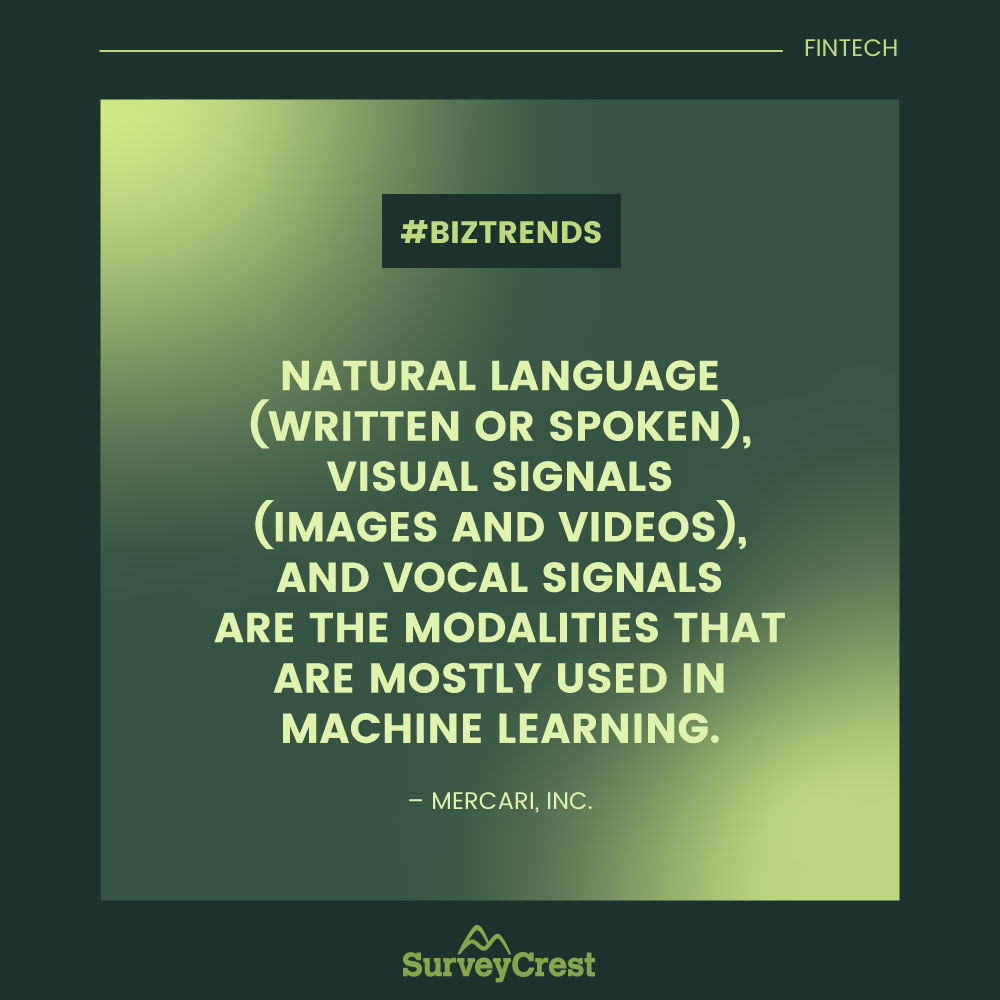
Some of the recent applications that have been launched using the multimodal ML and AI includea DALL-E, an OpenAI project that can generate images from text. Google launched MUM, its groundbreaking AI system designed to make internet searches more nuanced, comprehensive, and refined across languages and devices.
Because systems like these can understand language, context, and predict accurately, these can be used to detect hate speech on the internet, caption online videos or images, and language translation, among others.
As machine learning becomes more sophisticated and artificial intelligence more contextualized, we are very close to normalizing AI systems that create content on its own.
That’s what generative AI marketing is all about. It uses existing content – text, audio, video, and images – to create more content. In other words, generative AI teaches computers the ability to understand vast amounts of data, understand its patterns comprehensively, then come up with human-like content including AI dubbing that is similar to what it has learnt.
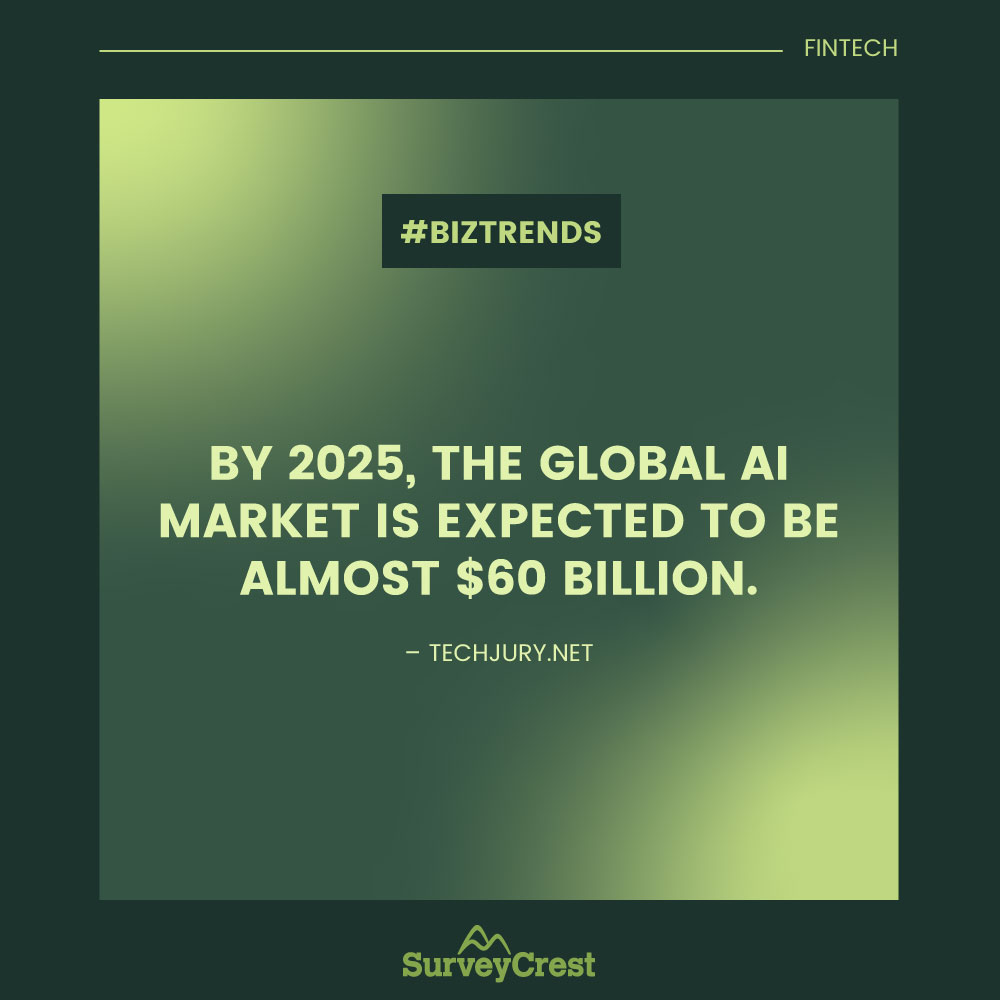
Practical applications of generative AI are immense. You can use it to ensure high quality of content generation, reinforce machine learning modals, allow machines to understand abstract concepts, and create computer-generated voice that sounds exactly like a human voice to create more immersive customer experiences.
Like every other science, artificial intelligence has theoretical as well as practical applications. In recent years, and mostly in 2021, we have seen investors favoring commercial AI ventures and supporting corporate labs that are driving business-oriented AI innovation.
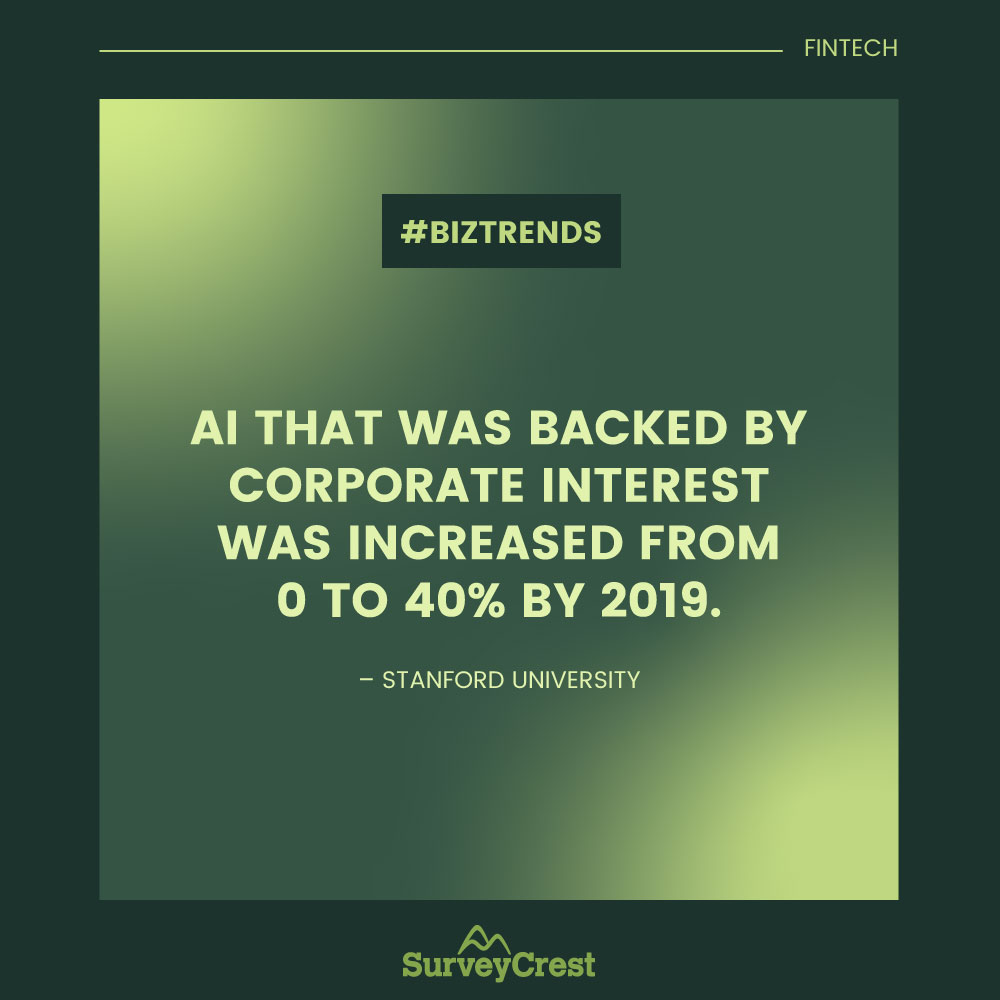
While theoretical applications have not died down but compared to commercial projects, they’ve certainly taken a hit. Practical domains that have thrived due to renewed commercial interest in AI include weather forecasting, atomic energy, and app recommendations, etc.
According to a Stanford University study, research into AI that was backed by corporate interest was increased from 0 to 40% by 2019. As we move into a hopeful 2022, that number is only going to rise even further.
As AI goes commercial, there are growing concerns about how its potential can impact human lives, environment, and societies. Policymakers, both local, regional, and global, have shown a huge interest in reigning in the rise and spread of AI, especially when it is used in applications that directly impact human communication.
Recently, Amazon’s Alexa came under fire after it told a 10-year old girl to try a potentially fatal challenge. The child had asked the smart speaker to suggest a challenge to try. Alexa’s algorithm looked up the information and suggested a lethal challenge comprising of electrocution.
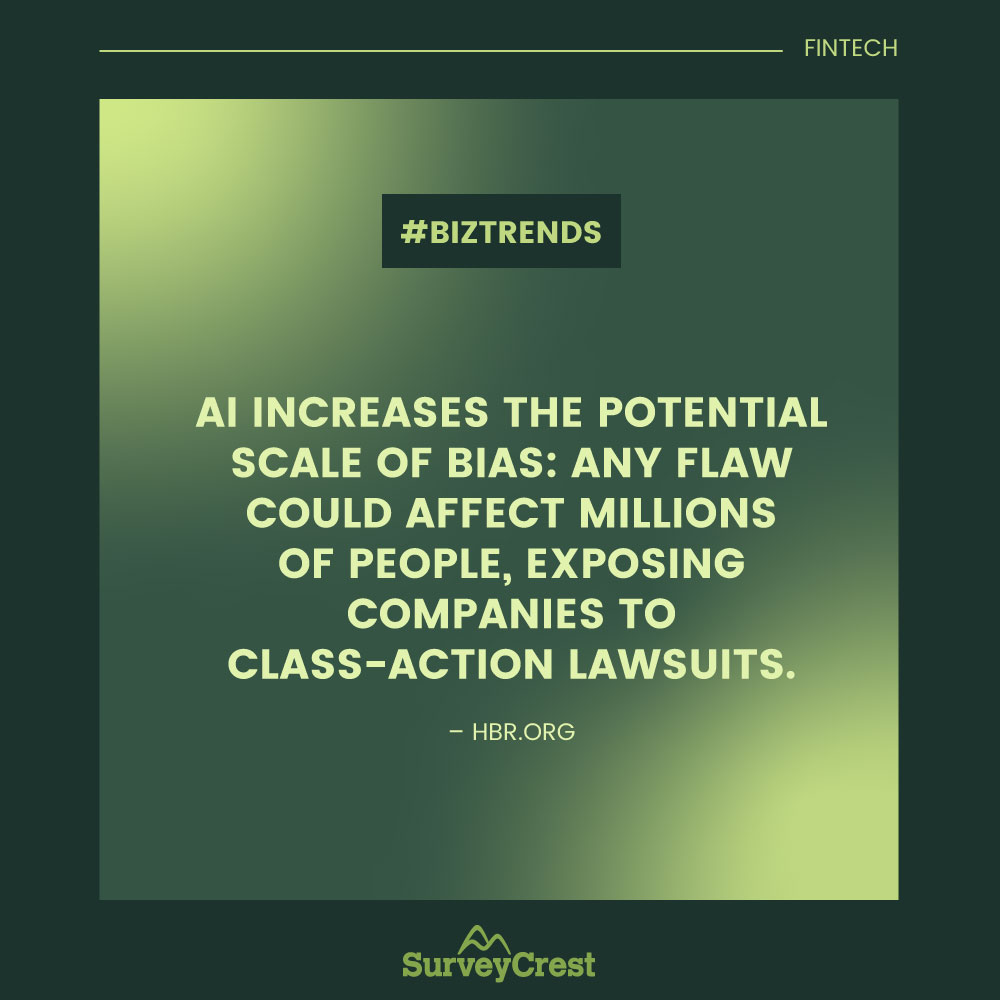
While Amazon was quick to rectify and improve Alexa’s algorithm, the incident brought into stark spotlight the danger of half-cooked artificial intelligence that was being made public without proper regulation, transparency, and ethical considerations.
In April 2021, EU proposed strict regulations across its 27 nations to govern AI with better control and more transparency. Biometric identification, facial recognition, and social credit scoring was prohibiting by these regulations. Later in the year, UN also came forward with similar demands to regulate the use and development of AI with ethics at the center of it.
Talking about the impact of artificial intelligence on human lives, let us not forget the planet we call home. 2021 has been the year of investigating how our thirst for developing artificial intelligence might be contributing to the damage to our climate.
Estimates suggest that the carbon footprint of training a single AI system is 284 tons of carbon dioxide. That’s equivalent to five times the lifetime emissions of an average car.
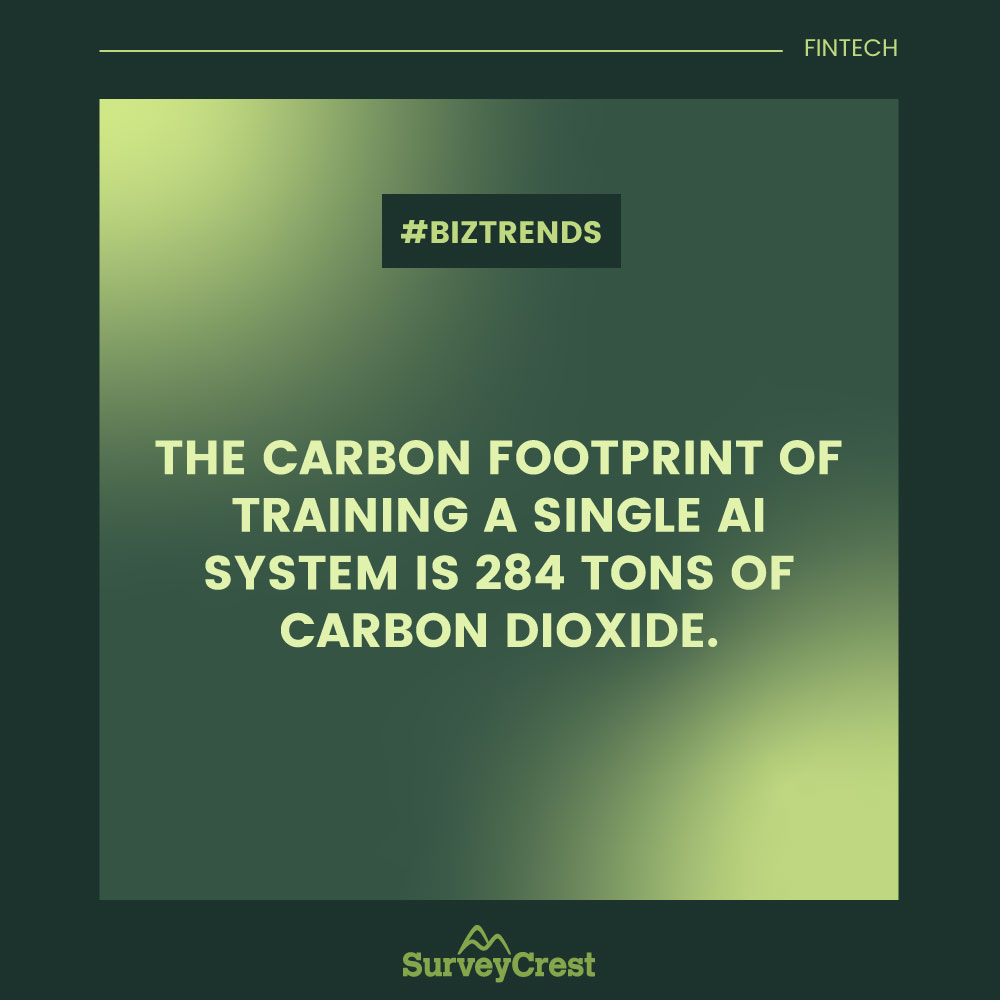
However, as more and more data comes in on the topic, it is sobering to see that the AI and carbon emissions are a far more complex relationship that originally thought. While there is an association there, it is more nuanced. For example, while a single AI program training might consume equivalent energy of 5 cars, the data is flawed. For one, major companies that are training these AIs – Google, Facebook, and Microsoft – all run on renewable energy. So the carbon footprint is drastically reduced. And for another, nobody is creating as many AIs as needed to infinitely damage the climate.
As this is an ongoing development, the next 12 months will be critical in learning how the situation unfolds.
Compared to all other trends listed here, this is one of those trends that’s a lot closer to our everyday interactions. The aim of AI is to get as close to human intelligence as possible. So far, the goal remains to be fully realized. However, enough advances have been made in AI’s language development that soon we’ll be talking to robots without realizing we’ll be talking to robots.
Artificial Intelligence is human-like intelligence capabilities performed by a machine. In fairness, transfer learning shines in the field of computer vision too, and the notion of transfer learning is essential for an AI system.
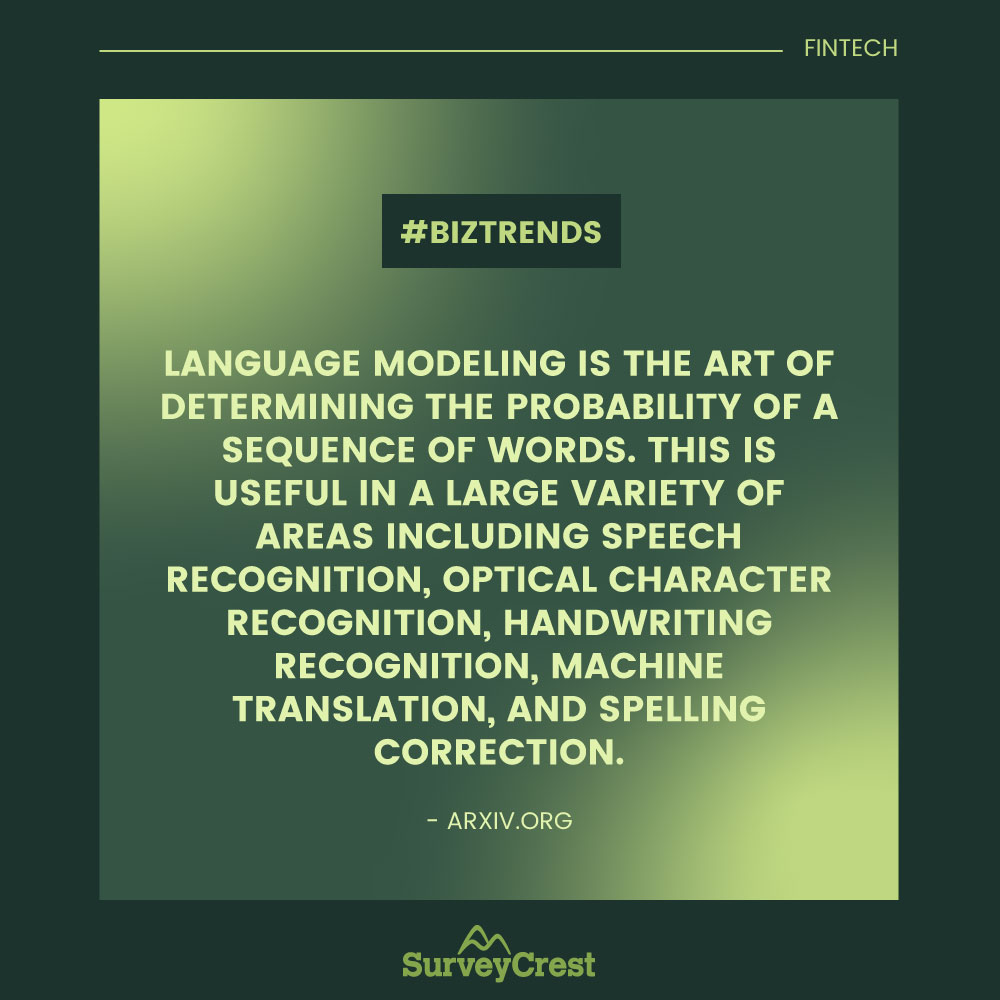
Thanks to language modeling development that’s bringing AI as close to real intelligence as possible thus far.
When these systems will be fully developed, machines will be able to communicate with us in languages that we can understand.
If you have ever been worries that robots will take over your job, we don’t take pleasure in announcing that that time has come.
More and more administrative and menial jobs are being given to machines not only to make the processes more accurate and faster but also to increase efficiency. However, it doesn’t have to be a bad thing. This year is going to be the year where a hybrid workforce becomes more normal.
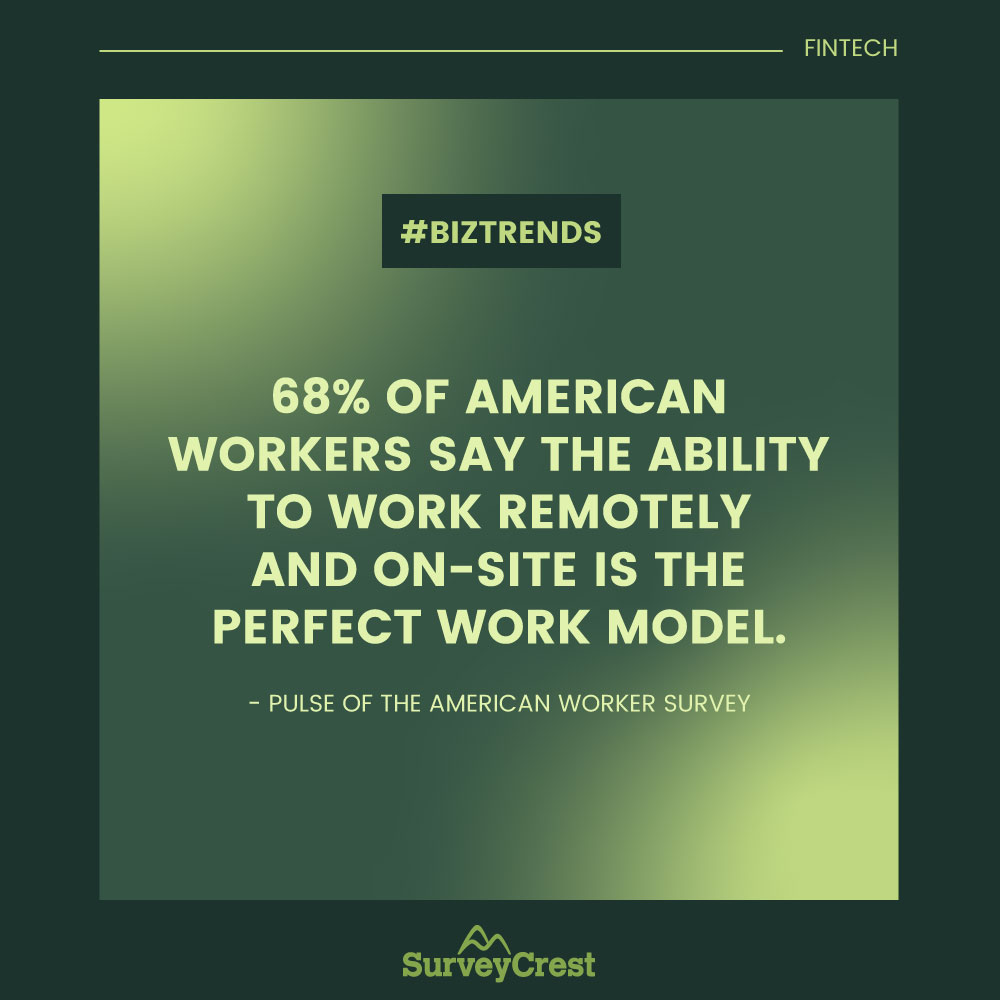
Machines taking over repetitive tasks freeing up humans to fully invest their energies in quality control, decision-making, customer care, and cognitive thinking.
If you are a data scientist, this trend is something to pay attention to as we start another year where the Covid-19 pandemic is rearing up again with another contagious variant, making the full return of workforce to offices even more delayed.
With the rise of computing technologies, cyber security concerns continue to mount, too. According to figures released by Cyber Security Ventures, the damage caused by cyber-attacks in 2021 crossed the $6 trillion mark.

It is no surprise then that cyber security firms are investing in sophisticated and intelligent machine learning systems that can compute security threats with an unprecedented accuracy, speed, and insights. These new-age cyber security systems powered by artificial intelligence look at everything from an IP address that looks suspicious to files that sound fishy, and respond to threats more rapidly and accurately.
Using AI to beef-up your cyber security system will make it more proactive, instead of always passively waiting to respond to attacks.
If you have not been paying attention, it might come news to you that AI is becoming smarter – which means, to create AI-based applications and programs, you don’t have to be a super creative genius. Thanks to low-code and no-code programming, non-expert AI development is quickly gaining momentum.

What this means for computer experts is to fill the gap in the workforce where companies are madly searching for talent that can create and work with low-code AI solutions. These solutions are instrumental in helping businesses stay competitive without a lot of capital to rely upon. In the absence of data specialists that are flocking towards high-tech AI, these low-code and no-code programmers are what will drive all the other industries forward.
The trends for artificial intelligence that are set for their upward trajectory in 2022 are highly optimistic. We are living in an age where we are not only collectively realizing the immense potential for AI and what it can do to improve our world, but are also conscious about the flip side of it – ensuring that our reliance on AI does not become a recipe for disaster for our environment or our kids.
With responsible AI being the mantra of 2022, we have a hopeful year to look forward to in terms of innovation, computation, and learning.
Kelvin Stiles is a tech enthusiast and works as a marketing consultant at SurveyCrest – FREE online survey software and publishing tools for academic and business use. He is also an avid blogger and a comic book fanatic.